Colorful auroras are hitting Earth, caused by a burst of energy and coronal mass ejections from the sun.
According to the National Weather Service's Weather Prediction Center, this severe solar storm is rated as a Category 4 on a scale of 1 to 5, which can disrupt communications, power grids, and satellite operations. The solar storm appeared on Earth on October 11 and is likely to last until October 12.
The storm was moving at 1.5 million miles per hour, approaching the Deep Space Climate Observatory and Advanced Satellite about 15 to 30 minutes later at 1.6 million miles per hour. The satellite measured the speed and magnetic field strength of the solar storm, said Shawn Dahl, service coordinator at the Weather Prediction Center.
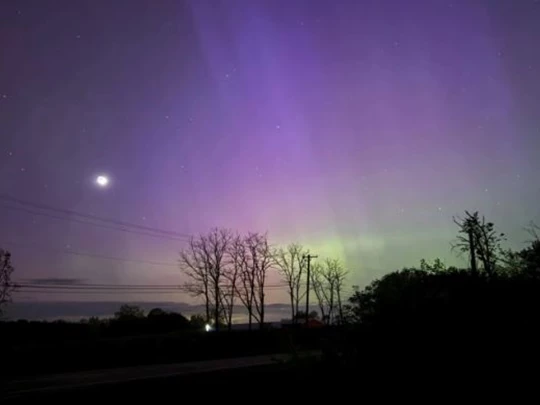
A powerful solar flare, known as an X-type flare, erupted from the Sun this past week. It coincided with a coronal mass ejection on October 8. Coronal mass ejections, or CMEs, are a combination of a large cloud of ionized gas and a magnetic field erupting from the sun’s outer atmosphere. When these explosions head toward Earth, they can trigger geosolar storms or major disturbances to Earth’s magnetic field.
The weather forecast center said: "Geosolar storms can impact infrastructure in low-Earth orbit and on the Earth's surface."
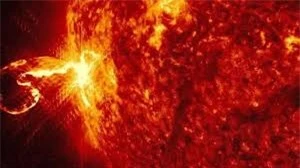
According to media reports, G4-level solar storms are common during the solar cycle, but G5-level or extreme geomagnetic storms like the one that occurred on May 10 are extremely rare. This new storm has only a 25% chance of becoming a G5 storm.
Shawn Dahl added that the May solar storm was the most successful mitigation event in history. Scientists continue to monitor spikes in solar activity because they can indicate where the sun is in the storm cycle.
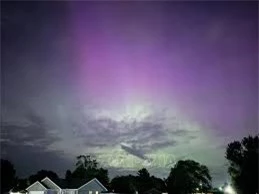
However, the May solar storm still had serious consequences, disabling the precise GPS systems used by US farmers across the Midwest and Great Plains, causing financial losses. It also caused some high-voltage transformers to go offline, fortunately without widespread power disruptions.
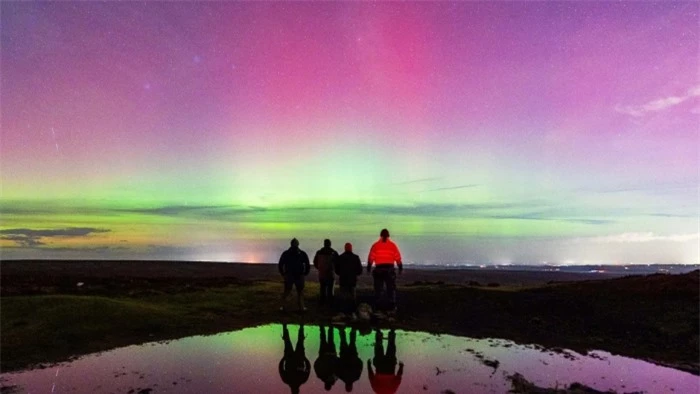
Officials with the National Oceanic and Atmospheric Administration recommend that people use the center's aurora information board to find out if they can see the northern and southern lights in their area. The board is updated continuously and shows where the aurora will appear within minutes.
According to Intellectual Property and Innovation
Source: https://doanhnghiepvn.vn/kham-pha/canh-bao-xuat-hien-con-bao-mat-troi-cuc-dai-gay-ra-cuc-quang-day-mau-sac/20241012013120435










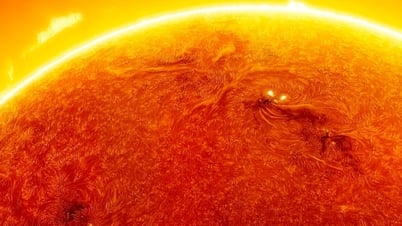

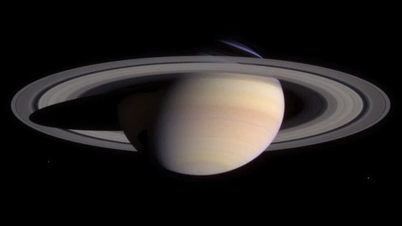

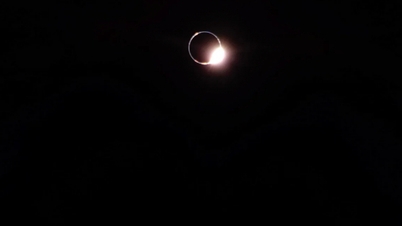










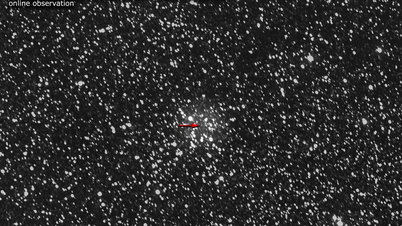















































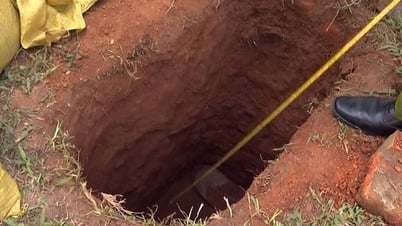




























Comment (0)